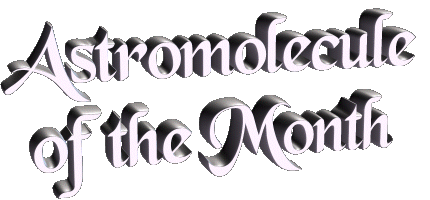|
In 1982, Hollis & Rhodes reported the
detection of NaOH toward the OH maser position of
Sgr B2
based on a single newly detected rotational transition (J=4-3) and the possible assignment of a second
transition (J=3-2) to a previously observed line (U75406) reported by
Wilson & Snyder in 1981.
In 1991, Turner reported the results of
a search for NaOH and a number of other molecules toward
Orion KL. While he tentatively
assigned a feature at 226.123 GHz to the J=9-8 transition of NaOH, Turner noted that the line coincides
very nearly with a weak transition of methyl formate, a well-established molecule in Orion KL. Furthermore,
a search toward IRC +10216, where methyl formate is not present, revealed no evidence of NaOH.
Over 40 years have passed since the reported detection of NaOH by Hollis & Rhodes with no confirmation of
these lines or searches for other rotational transitions of NaOH that might be expected to be present
toward Sgr B2. Based on this and the very lukewarm evidence for NaOH in Orion KL from Turner,
it is difficult to consider NaOH to be a detected species. It is listed with other
non-detections and dated 1991,
the most recent year any effort to observe NaOH was reported.
In 2021,
Owen and co-workers reported a line
list for NaOH as a species that might be detectable in exoplanetary atmospheres. As a crystalline solid
and solution, sodium hydroxide is very
familiar in terrestrial chemistry.
| 




